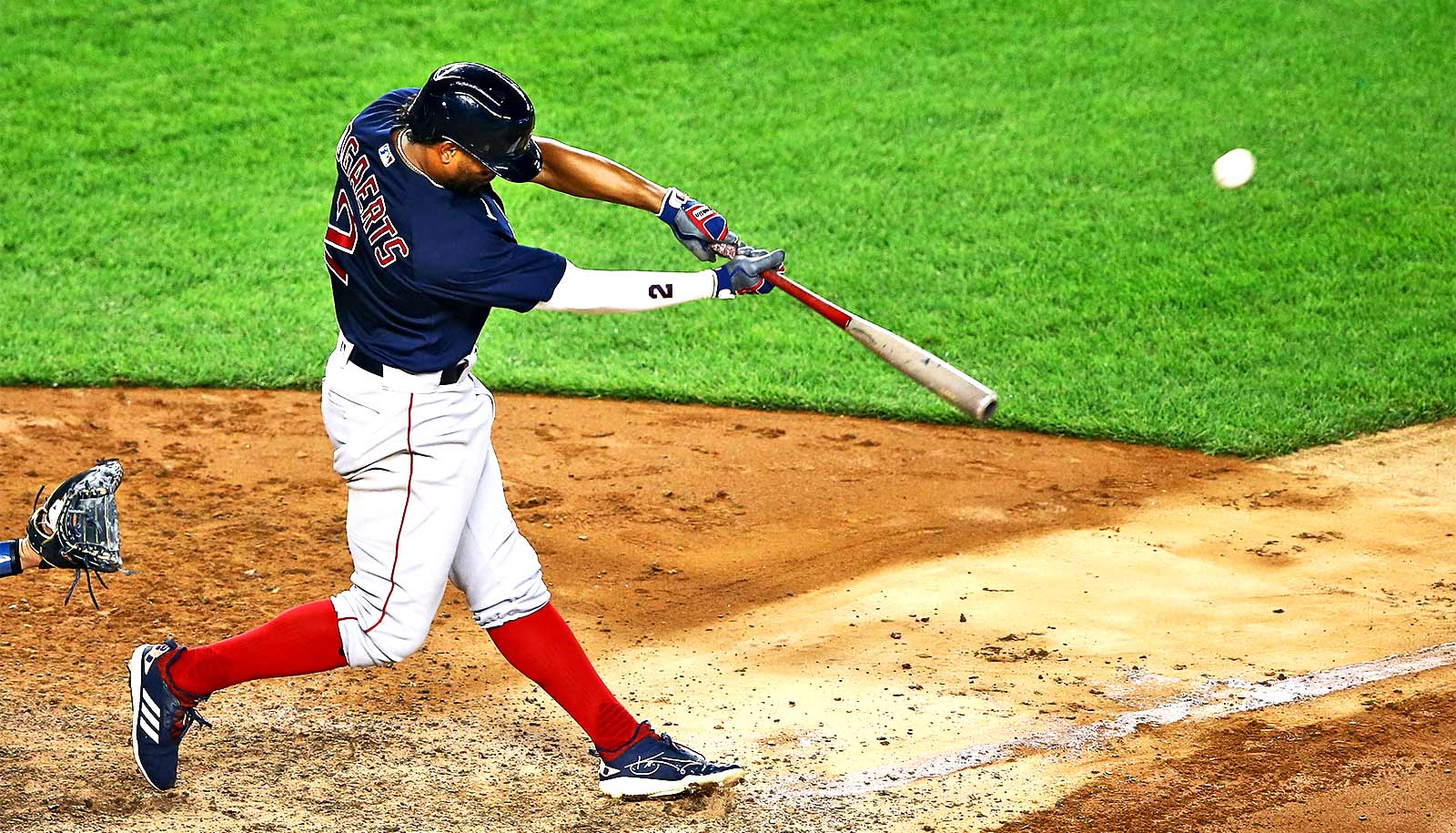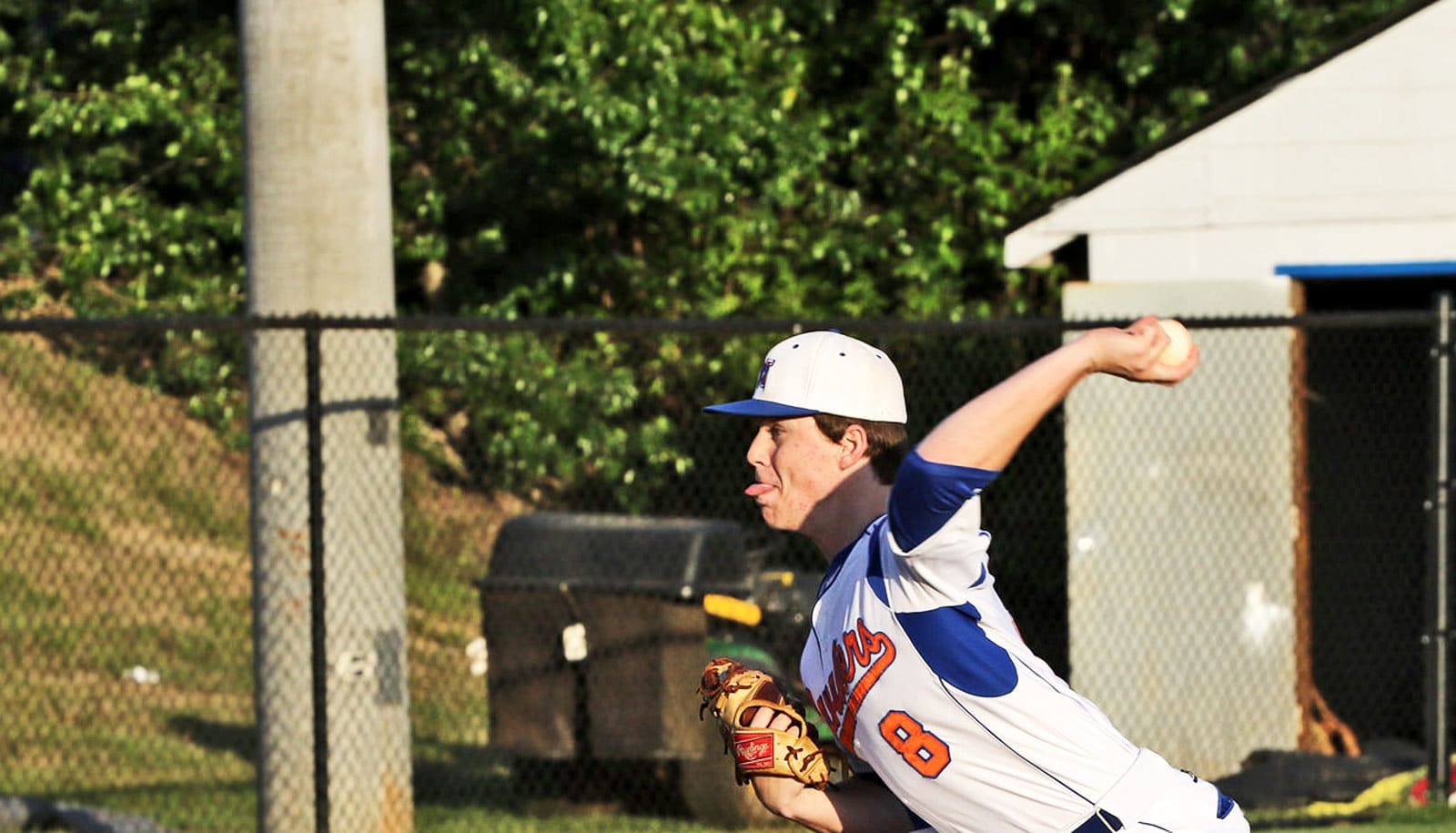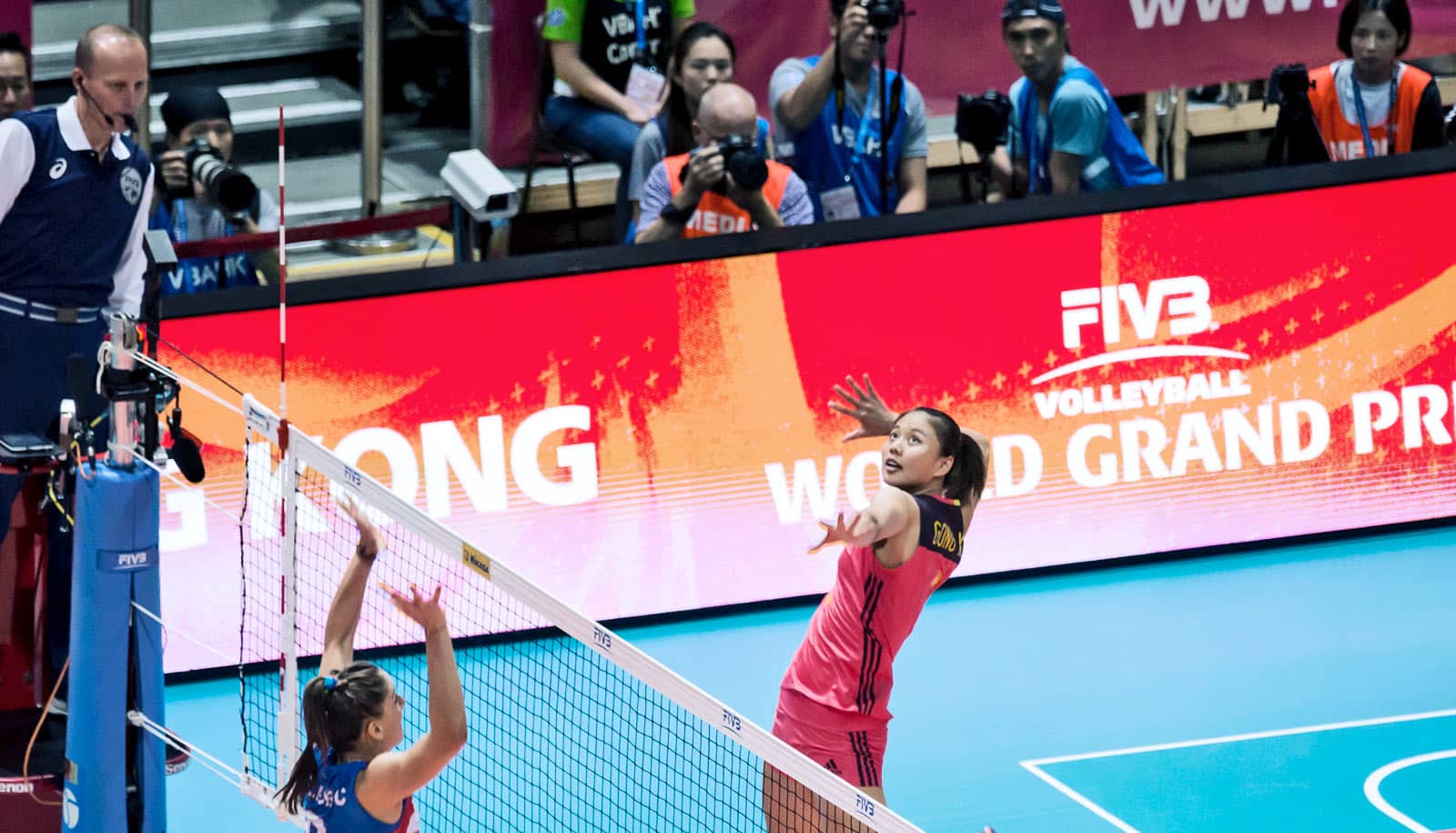A concerted training regimen for the eyes could help athletes and others improve coordination skills, researchers report.
Vision training for a group of college baseball players led to improvements in their batting practice performance, the researchers found.
Players who underwent the active intervention hit the ball further and with a higher arc compared to those from the placebo group.
“This was a first-of-kind study comparing players who were randomized to either undergo dynamic vision training drills or placebo drills that were matched in difficulty, but did not alter vision,” says senior author Greg Appelbaum, an associate professor in the psychiatry and behavioral sciences department at Duke University School of Medicine.
“While the study size was small, the methodology was rigorous and we were able to determine a benefit from the intervention compared to the placebo.”
The researchers enrolled 24 collegiate baseball players on the Duke and Indiana University varsity teams.
Researchers randomly assigned about half the players to undergo regular circuits of vision training exercises that got more difficult as they progressed, including:
- Tossing and catching a ball wearing eyewear that created a strobe effect to improve hand-eye coordination.
- Assessing when a runway of fast, moving lights would intersect from opposite directions in a drill designed to enhance anticipatory skills.
- Using computer screens to track the movement of small targets over space or between screens to build dynamic and binocular visual skills.
Players assigned to the placebo group performed visual tasks that researchers designed to be similarly engaging but ineffective, such as doing binocular training exercises with just one eye. Players were unaware of whether they were receiving the active intervention or the placebo.
Prior to and after the vision training program, which lasted 10 weeks during the off season, the researchers measured the players’ batting performance during instrumented batting practice and measured the players’ visual skills using a battery of digital tasks. In addition, the researchers obtained batting statistics from the players for the NCAA games they played in the season before and after the intervention.
Results demonstrated that the players who underwent the active intervention showed significant improvements in batting practice, hitting the ball further and with a higher arc, compared to those from the placebo group.
While the authors identified no significant improvements in the actual game statistics, they say availability of these data were limited, because many of the enrolled players did not play during the seasons before or after the visual training occurred.
“The act of hitting a pitched baseball is widely considered to be among the most challenging activities in all of sports,” Appelbaum says. “Our study demonstrates that vision training can lead to better batting performance.
“These findings are also likely not limited to baseball and, in fact, could be applied to other sports and activities in which people need to make rapid decisions on visual information such as marksmanship or tennis,” Appelbaum says.
Funding for the research was funded by the US Army Research Office, which has interest in using these training approaches to help soldiers and others maintain visual abilities in high-demand situations, Appelbaum says.
The research appears in the journal Psychology of Sport and Exercise.
Additional researchers from Indiana University contributed to the work.
Source: Duke University



